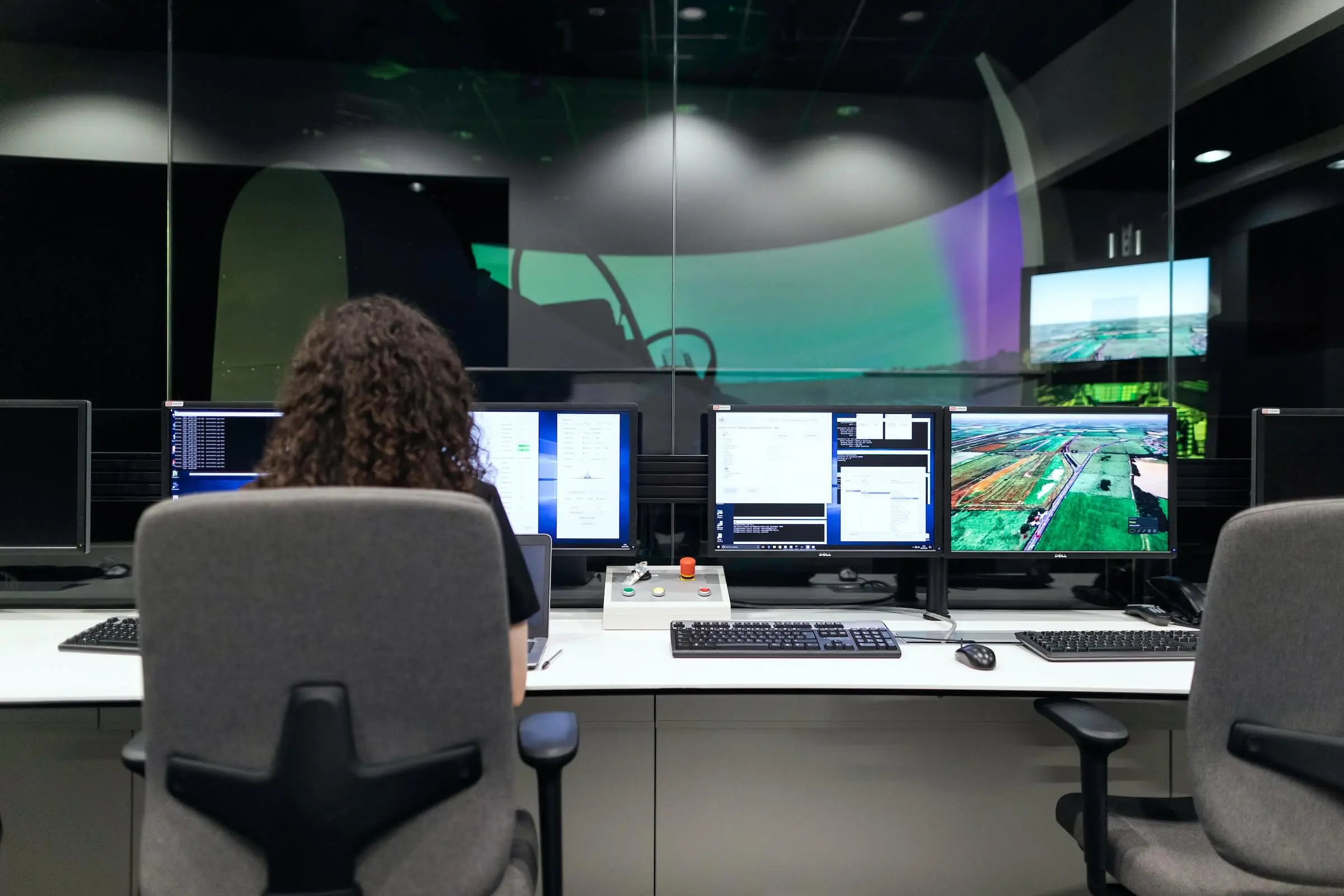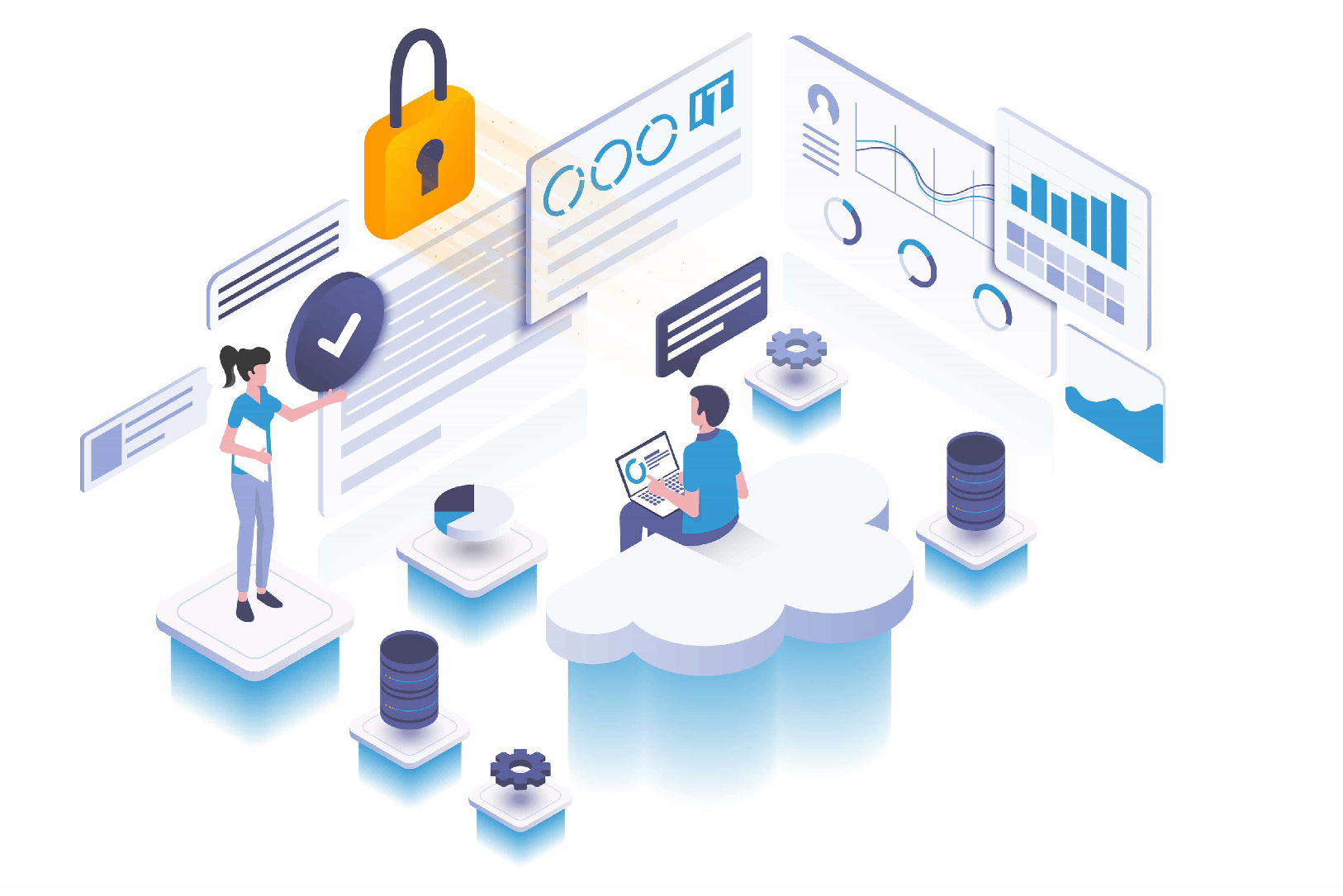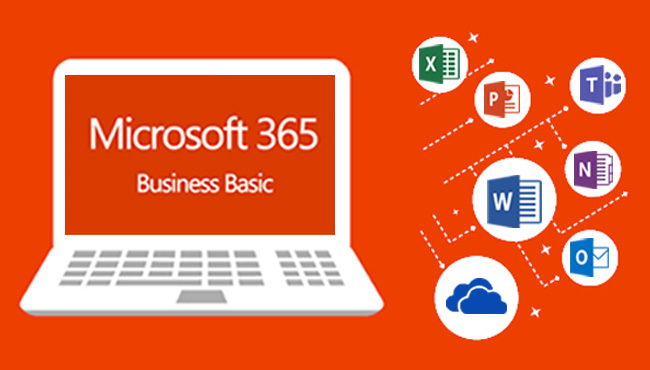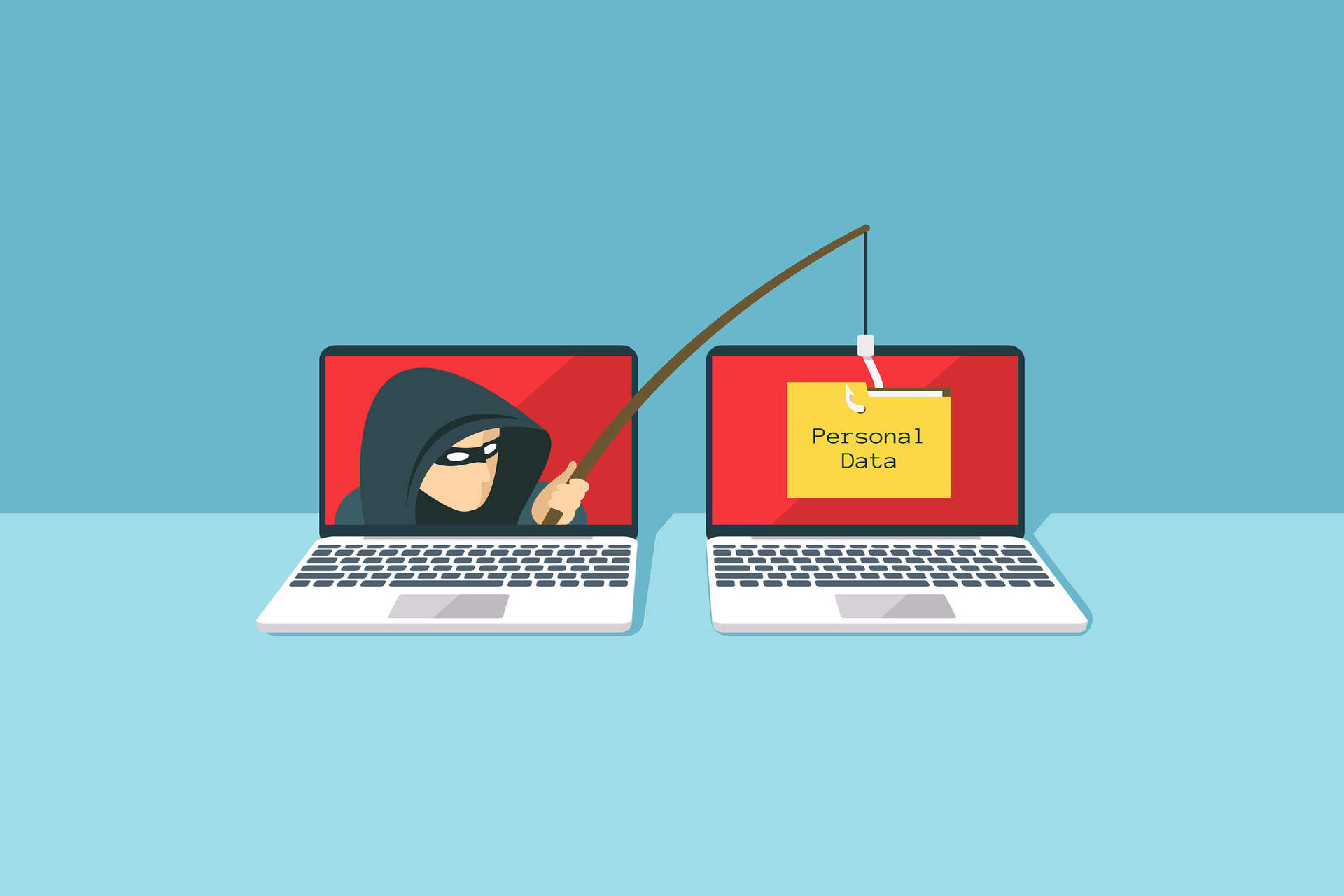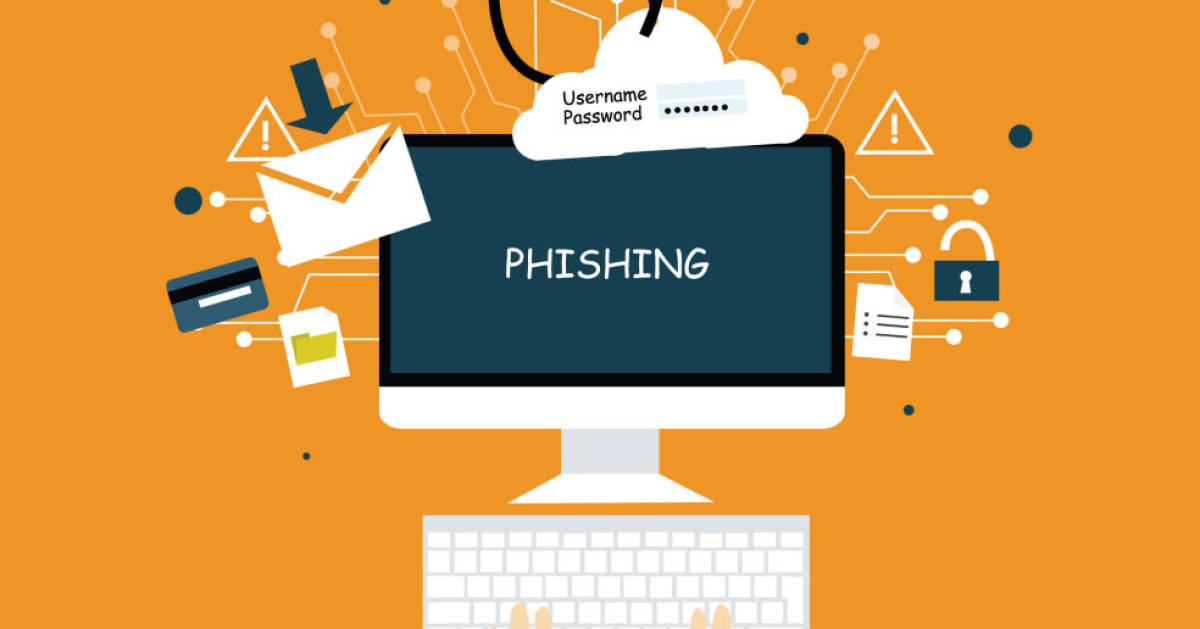In the era of rapid technological advancements, Information Technology Management (ITM) or the management of information systems has become the backbone of most organisations. At its core, IT management refers to the process of overseeing all technology systems within a company, from computer systems to cloud computing solutions. It encompasses the strategic planning, design, and implementation of technology in business operations, ensuring alignment with business objectives.
Key Features of Effective IT Management
Effective IT management is more than just ensuring that software development projects are completed on time and within budget. It’s about creating value for the business, ensuring productivity, and safeguarding organisational data. Here are several key features of effective IT management skills:
- Service Management (ITSM): This aspect focuses on the end-to-end delivery of IT services to users, ensuring that technology supports business process needs by integrating them into every project management step.
- Data Management: With data breaches becoming increasingly common, effective data management also ensures that company data is stored, archived, and processed securely.
- Cloud Computing and Cloud-Based Services: Leveraging the cloud can result in improved business operations, but it requires proper business management to ensure security and accessibility.
- Change Management: With the ever-evolving landscape of technology, organisations need a management information system in place for implementing and adapting to technological changes.
- Automation and Artificial Intelligence (AI): AI and automation of data processing, software design and more can boost productivity, but managing these operating systems, especially when it comes to human decision-making processes, is crucial.
- Security Management: This involves safeguarding all information and communication technology systems against potential threats.
The Role of an Information Technology Manager in Risk Mitigation
A Proactive Approach to Threat Detection
One of the key tasks of IT managers is to stay ahead of potential threats. This requires a proactive approach, continuously scanning the environment for any unusual activities or vulnerabilities. Using advanced machine learning tools and artificial intelligence systems, IT managers can now predict potential threat vectors even before they manifest. This forward-thinking approach is vital in an era where cyber threats evolve rapidly.
Collaboration with Other Departments
An IT manager doesn’t operate in a vacuum. To truly fortify an organisation against risks, IT managers must collaborate closely with other departments such as HR, finance, and operations. This holistic approach ensures that every facet of the organisation is aware of and prepared for potential risks. For instance, collaborating with HR can help ensure that employees are trained on cybersecurity best practices, a critical component in preventing potential breaches.
Continuous Training and Skill Upgrading
The world of technology is perpetually evolving, and with it, the nature of threats changes too. IT managers, therefore, need to be in a state of continuous learning. By attending workshops, webinars, and online courses, they stay updated with the latest in technology management and threat landscapes. This continuous skill upgrade is essential to ensuring that they are always equipped to handle new and innovative types of issues that may arise.
Implementing Robust Backup and Recovery Systems
One of the cornerstones of risk management is ensuring that, in the event of a system failure or data breach, the organisation can recover swiftly. IT managers are responsible for implementing robust data backup and recovery systems. They must make sure that backups are made on a regular basis and are securely kept, frequently across several sites, including cloud-based services. To ensure business continuity in the case of unforeseen obstacles, this redundancy is essential.
Fostering a Culture of Cybersecurity
Beyond implementing management systems and processes, IT managers also play a role in shaping the organisation’s culture. They need to foster a culture of cybersecurity where every employee understands the importance of their role in safeguarding the company’s digital assets. This might involve organising regular training sessions, sending out updates on the latest threats, or even running simulated phishing exercises to test and educate the staff on information systems management.
Vendor and Third-Party Management
In today’s interconnected world, organisations often rely on various third-party vendors for information security services. IT managers need to ensure that these external entities also adhere to the company’s security standards. This involves vetting the vendors, monitoring their access, and ensuring they comply with all security protocols.
Compliance and Regulatory Adherence
Particularly when it comes to data privacy, different businesses frequently have various compliance and regulatory needs. IT managers must be aware of these laws and make sure that the organisation’s systems and practices adhere to them. Non-compliance can cost a company a lot of money in fines and ruin its reputation.
Budgeting and Cost Management
While not directly related to risk mitigation, managing the information technology budget effectively ensures that sufficient resources are allocated to security measures. Whether it’s investing in new security software, hiring additional personnel, or implementing advanced threat detection systems, having a well-managed budget is crucial.

Why is Information Technology Management Important?
- Protection Against Threats: Proper IT management functions to reduce the chances of data breaches and cyberattacks.
- Operational Efficiency: When businesses effectively use IT hardware and software management tools and systems, operations management becomes streamlined, boosting overall organisational productivity.
- Cost Savings: With the right IT management, companies can avoid the high cost of a data breach and also save on operational costs through optimised technology systems.
- Strategic Alignment: With IT management, information systems function to ensure that every system of technology employed in business strategies and operations aligns with the overall business planning, fostering growth and innovation through the use of information.
- Employee Collaboration: Effective information technology management makes it easier for employees to collaborate, managers to effectively manage and companies to easily reach business goals.
Don’t Have The Skills Needed? Leverage The Components of IT Management for Risk Mitigation with That’s IT
Risk mitigation in the realm of information technology is no small feat. It requires a blend of the right skills, comprehensive knowledge, and a proactive approach depending on the needs of the business. However, not every organisation has the bandwidth or expertise to manage it all — from software and hardware to storage and networking that proper IT management requires. This is where services like That’s IT come into play.
By opting for managed IT services from That’s IT, you essentially equip your organisation with a dedicated IT department with the proper skills and knowledge , eliminating the challenges of hiring and training for the sake of knowing how to use technology. Our suite of services includes IT helpdesk support, network security, data backup and recovery, cloud services, and so much more. From endpoint security to IT strategy consulting needed to effectively align your business with digital transformation, we have you covered.
Whether you’re looking to bolster your network infrastructure management or seek remote and on-site support, That’s IT is the solution for your technology and business value creation through managed software and all.
To learn more about IT management, use of information through various systems, and how it can fortify your business against risks, inquire now at That’s IT. Dive deep into the world of information technology management and give your business the robust protection it deserves.

